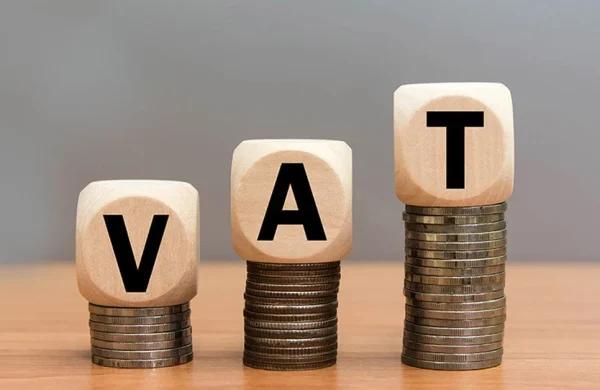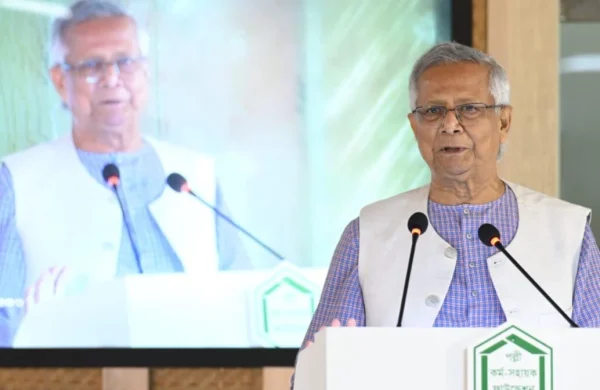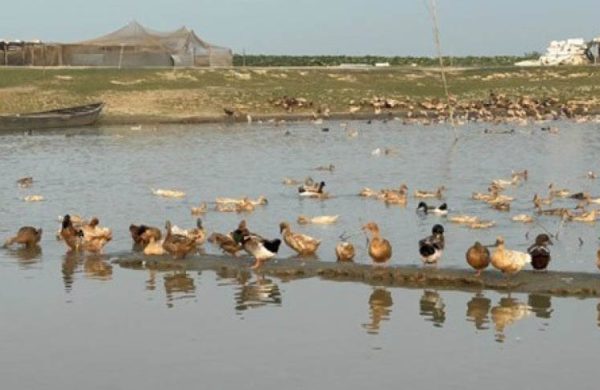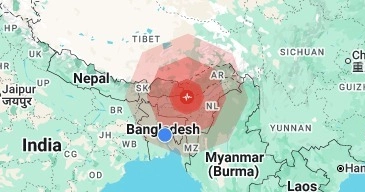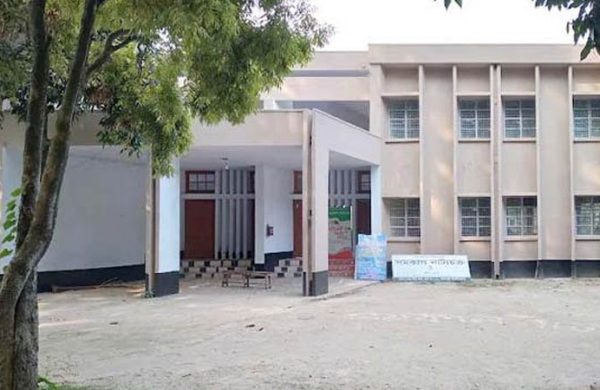Despite recent easing, food prices remain the main inflation driver
- Update Time : Monday, May 12, 2025
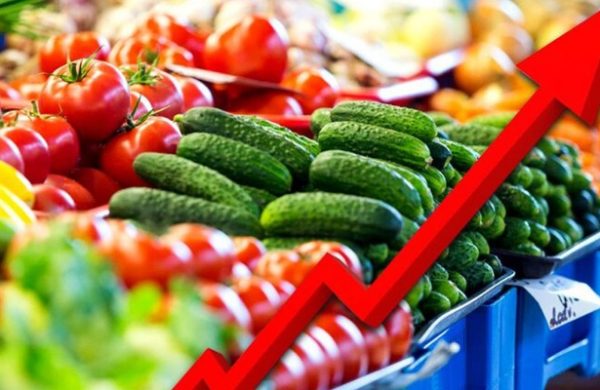
Staff Correspondent:
Despite a modest decline in overall inflation, high food prices remain the primary driver of cost-of-living pressures in the country, contributing 42.71% to total inflation in March 2025, according to the General Economics Division’s (GED) latest “Monthly Economic Update and Outlook: April 2025”.
In February 2025, the general inflation rate eased to 9.32%, down from 9.94% in January, marking the third consecutive month of decline. This reduction was largely attributed to a drop in food inflation, which fell to 9.24% in February from 10.72% in January – the first time in 10 months that food inflation returned to single digits.
However, despite this easing, food prices continue to exert significant pressure on overall inflation. In March, food inflation slightly decreased to 8.93%, yet the contribution of food to total inflation remained disproportionately high.
Key staples such as rice, fish, and vegetables were major contributors, with rice alone accounting for 14.62% of overall inflation and 34.14% within the food inflation category. Fish and vegetables followed, contributing 27.05% and 14.20% to food inflation, respectively.
Among individual food items, brinjal (17.12%), medium rice (16.73%), coarse rice (12%), and hilsa (11.37%) were identified as leading contributors to price hikes in March.
Experts warn that the persistent dominance of food prices in the inflation mix indicates deeper structural issues.
Mustafa K Mujeri, executive director of the Institute for Inclusive Finance and Development (InM) and former chief economist of the Bangladesh Bank, stressed that this inflation trend is not simply seasonal.
“It reflects structural vulnerabilities in the food supply chain, particularly in rural areas,” he said. “Our heavy dependence on volatile commodities like rice and fish, without adequate policy buffers or market alternatives, makes it extremely difficult to contain inflation.”
GED findings echo Mujeri’s concerns, noting that inflation is significantly higher in rural areas where weak infrastructure, poor logistics, and limited dietary diversity make communities especially susceptible to price shocks.
Compounding the issue is a sustained erosion of real income. Bangladesh has endured a persistent gap between inflation and wage growth for 39 consecutive months. In March, wages grew by just 8.15%, lagging behind the 9.35% inflation rate. In 2024, annual inflation averaged 10.33%, while wages rose only 7.94%.
Food inflation, which peaked at a 16-year high of 14.10% last year, has further strained household finances and pushed many families into distress.
Both GED and independent experts agree that meaningful intervention is needed. Recommended policies include improving rural supply chains for perishable goods, investing in climate-resilient rice varieties, expanding strategic grain reserves through local procurement, and establishing real-time market intelligence systems to monitor inflationary pressures.
“Inflation is no longer merely a matter of monetary policy,” Mujeri noted, adding, “It is intricately linked with food security, climate resilience, and global price volatility. Without a coordinated, multisectoral approach, price instability will continue to burden millions.”


